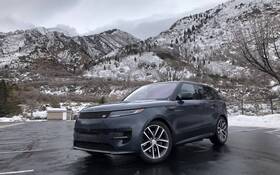2023 Land Rover Range Rover Sport P440e: A Battery That Changes Everything
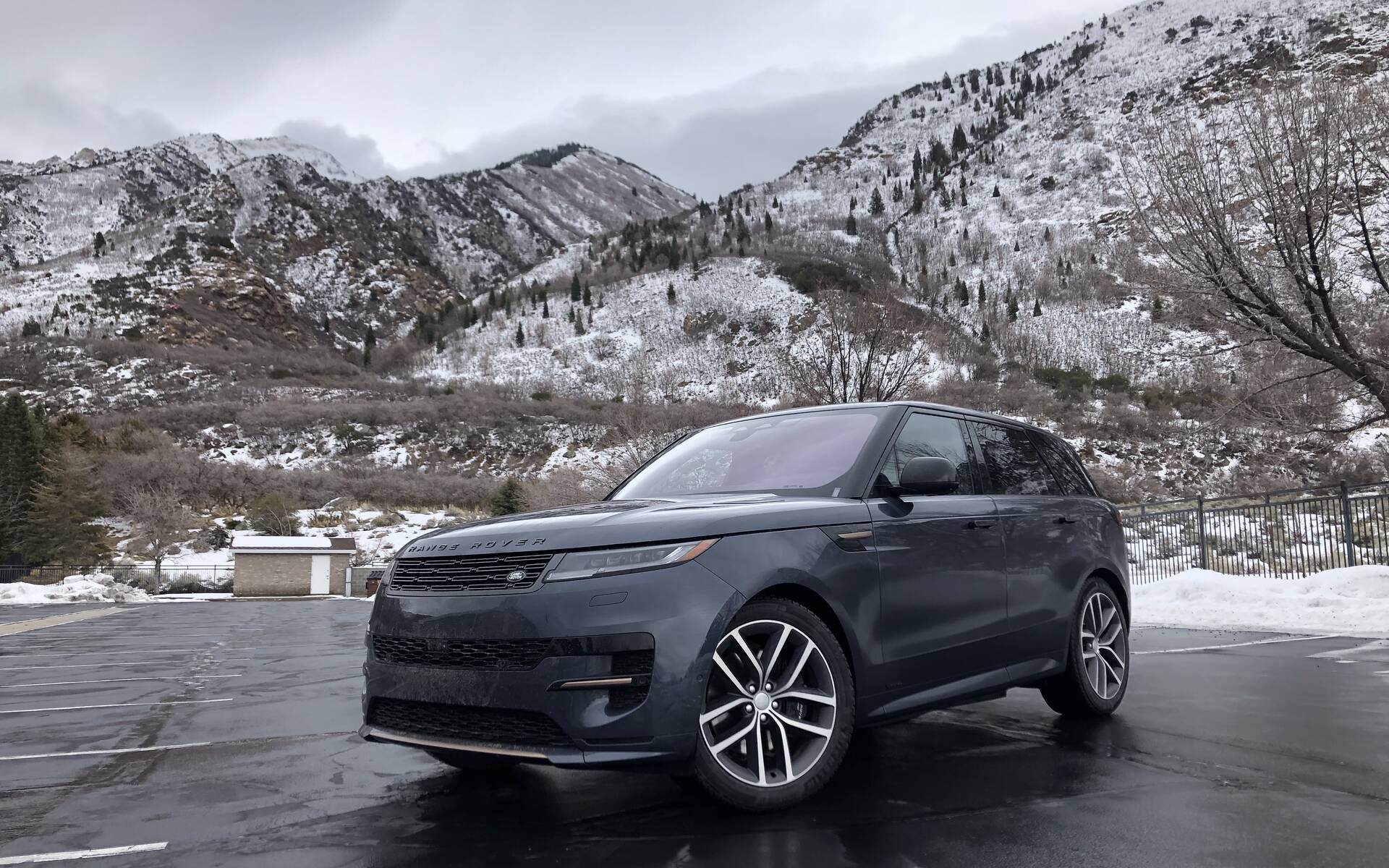
| Strong points |
|
|---|---|
| Weak points |
|
The Land Rover Range Rover Sport is all-new for 2023. The exterior retains a familiar look, yet is cleaner and sharper. The front end stands out with slimmer headlights, revised air intakes and a new mesh grille design.
Flush-mounted door handles can be seen on each side, while rectangular OLED taillights, a smoother liftgate and newly shaped diffuser highlight the changes in the rear.
- Also: 2024 Land Rover Range Rover Velar Freshens Up, Goes Digital Only
- Also: 2023 Land Rover Range Rover: The Original Luxury SUV is Still Going Strong at 50
The biggest news with this generation is the available plug-in hybrid system combining a turbocharged 3.0-litre inline six-cylinder engine with an electric motor. Total output is rated at 434 horsepower along with 457 lb-ft. of torque.
A key component is the 38.2kWh battery that is said to provide a zero-emission range of 82 km, which is outstanding. Most daily trips are much shorter than that, so drivers won’t have to burn any gas in the process.
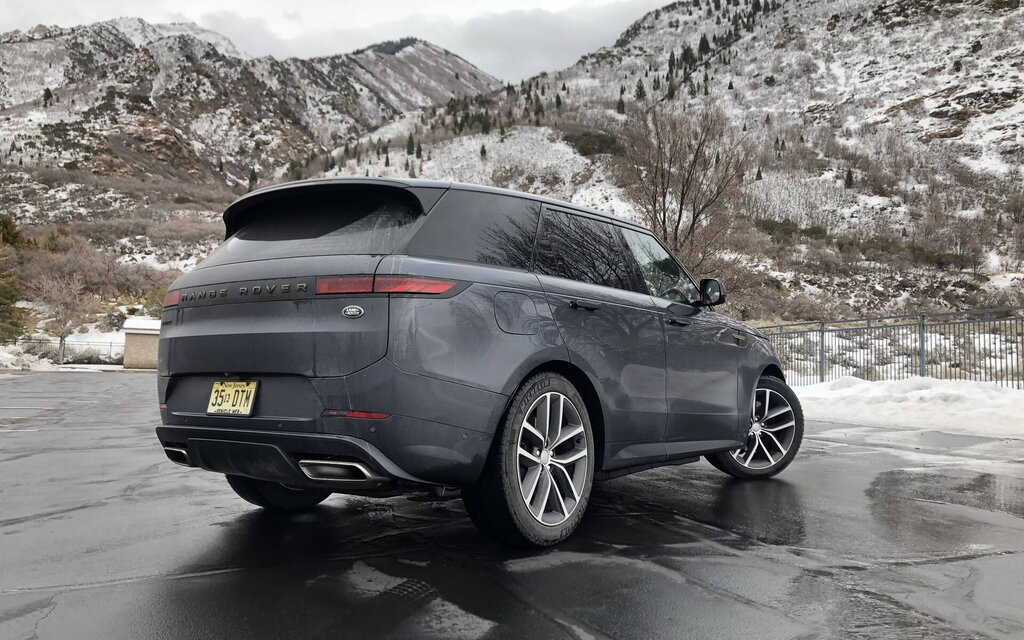
High-Luxury PHEV
We put the Range Rover Sport P440e to the test on the mountain roads near Salt Lake City, Utah, where temperatures are fairly similar to a lot of places in Canada. A severe snowstorm even marred the afternoon drive.
Our tester was a top-of-the-line Autobiography model starting at $104,200 USD. It’s essentially the U.S. equivalent of the Range Rover Sport HSE that’s sold on the north side of the border. When equipped with the same options and Varesine Blue paint, the price is set at $137,393.
This represents monthly payments of $3,091 over five years at 6.49 percent financing. Needless to say the Range Rover Sport P440e is not eligible to any PHEV rebates from the governments.
Once you open the door, the cabin screams refinement and opulence. Technology has evolved quite a bit, as well, with a new 13.1-inch touchscreen proudly sitting atop the dashboard. The controls on the centre console have been rearranged, but you’ll figure them out quickly enough.
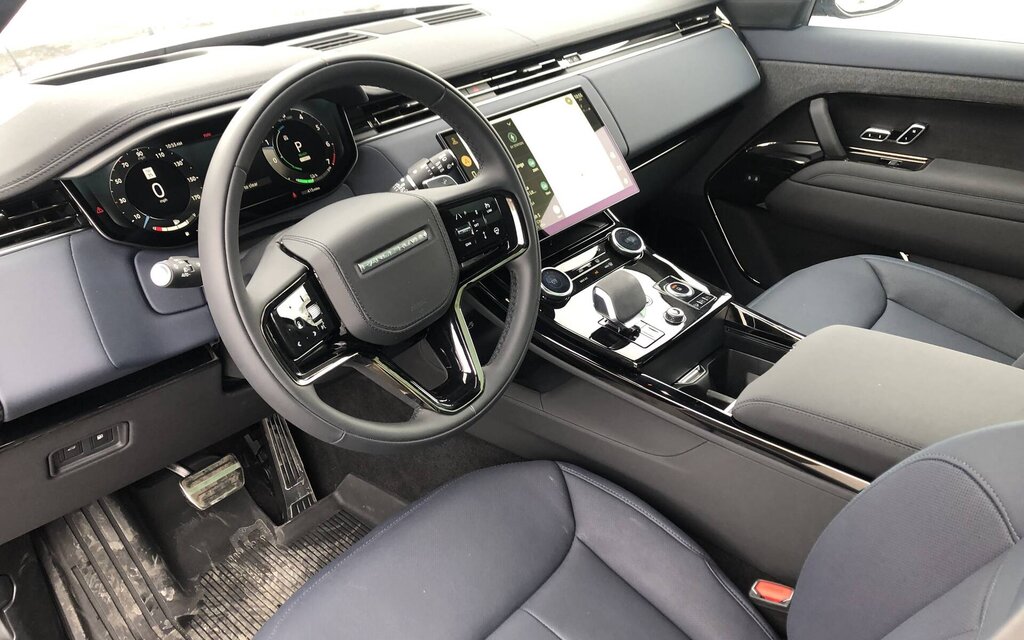
Having said that, the controls for the heated seats require two separate moves (one push of a button and one tap on the screen), which isn’t very driver-friendly. Making matters worse, the haptic controls sometimes lack feedback, so you need to tap them several times to get what you want.
We have no complaints about the seats, though. Comfort and support are delivered in equal doses, finding a proper driving position is easy, and long trips on the road won’t leave you sore or tired. If we were nitpicking, we’d say the angle of the instrument cluster makes it a bit hard to read when the driver’s seat is set to the lowest position.
As for interior space, there’s plenty of it. The cargo area might have a relatively high floor, but it proves capacious enough to fit the luggage of four people.

Strong and Silent
We started the day with a fully charged battery and the on-board computer displaying a range of 58 miles (93 km). It was -3° Celsius outside, so the cold wasn’t really an issue.
Thanks to abundant torque, the Range Rover Sport P440e takes off in a hurry without making any noise. It won’t break your neck but has enough gusto to move its 2,658 kg from 0-100 km/h in just 5.8 seconds. Land Rover did a bang-up job with soundproofing, too, adding to the smooth and serene driving experience.
The big and beautiful SUV didn’t mind at all when snow started to cover the road. An excellent set of Michelin X-ice Snow winter tires was part of the package, that’s why. Despite the massive 22-inch wheels, ride quality turned out to be pretty good, even when hitting some potholes along the way. Likewise, tackling dirt and mud was no big deal.
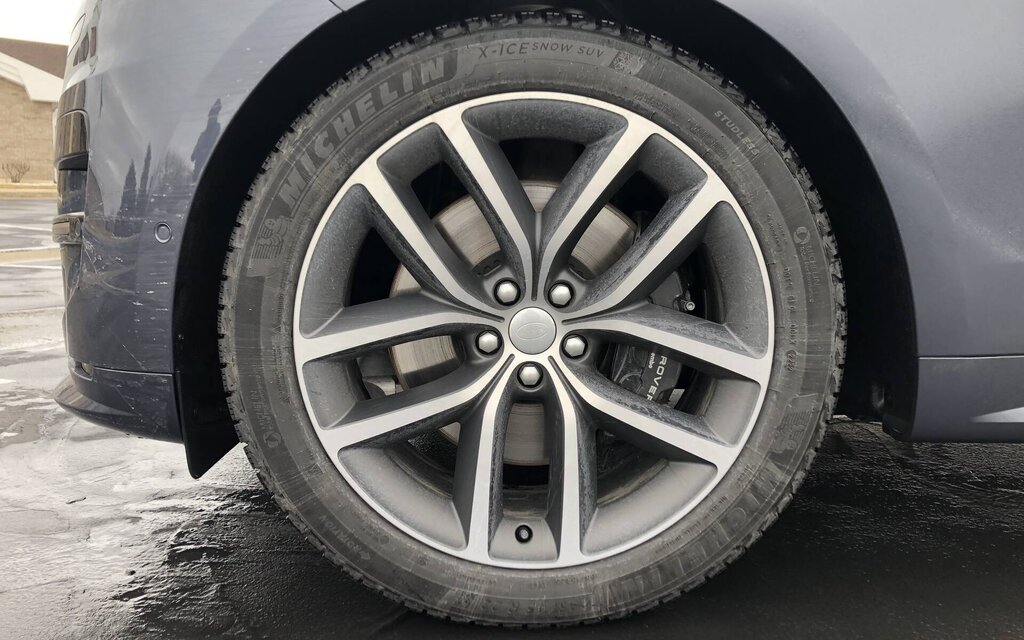
After driving for 58 miles (93 km), we finally heard the gasoline engine kick in, meaning it surpassed the pure electric range advertised by Land Rover. And that’s a great thing because fuel consumption is not particularly impressive once the battery runs empty.
With careful use of the throttle, we managed to lower our tester’s average to 11.3 L/100 km. Otherwise, it quickly rose to over 13 L/100 km. Keep in mind that we did very little driving around town, spending the vast majority of our time on the open road.
Reliability Concerns
If you read our stories and reviews on a regular basis, then you must know that Land Rover has a poor track record for reliability. The automaker came out last year saying it is taking steps to address the situation.
We encountered a couple of problems during our test drive of the Range Rover Sport P440e. First, the left side of the hood started to shake when the wind picked up. There was no risk of it popping up and hitting the windshield, but it’s never a good sign when you see the hood move like that in the wind.
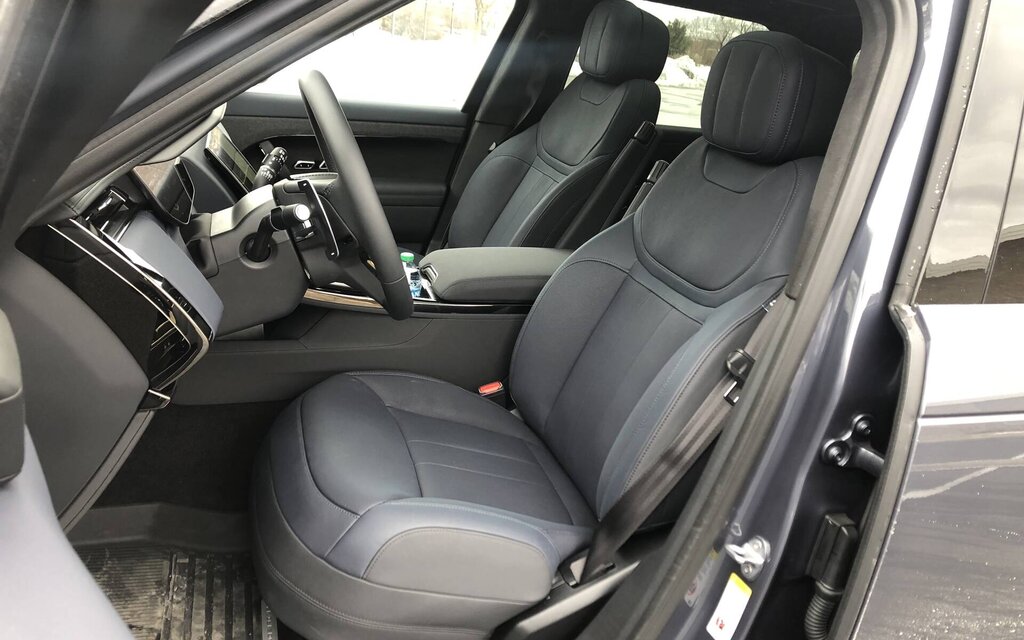
After lunch, a warning light appeared on the instrument cluster with the message Problem with the suspension. Have the vehicle checked. We turned the engine off and then on again, and the warning was gone. Probably just a software bug. Anyway, this is the sort of things you’re not supposed to experience with a vehicle selling for more than $130,000, especially after just 160 km.
In the end, if you’re looking for a highly capable and well-finished SUV that you don’t see every day and can take you on long distances without burning any fuel, the new 2023 Land Rover Range Rover Sport P440e could be the perfect answer. Just prepare to live with a few ergonomic issues, disappointing fuel consumption in regular hybrid mode, high maintenance costs and below-average dependability.


